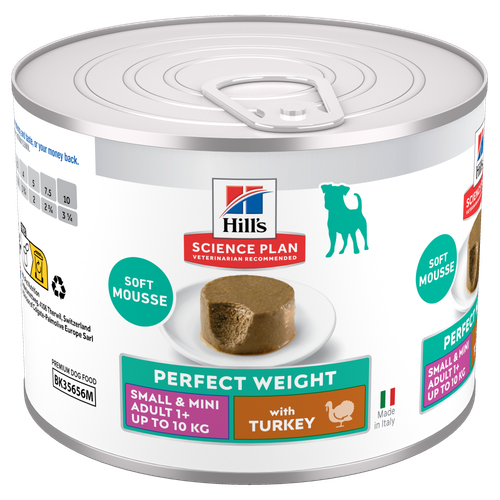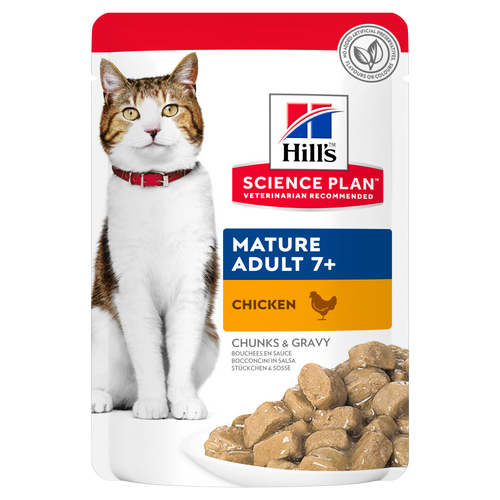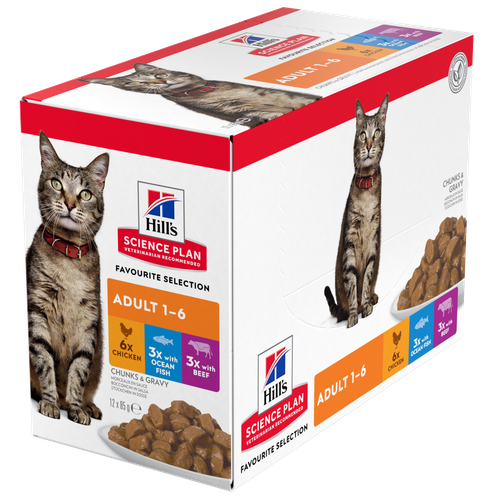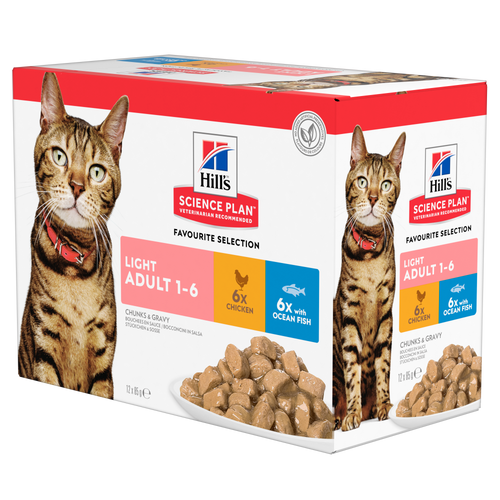About
The Cymric is a rounded cat with a round head, round eyes, a roundness at the whisker pads, and a round rump. The way the ears are placed forms a rocker shape when viewed from behind. The hind end is higher than the front, which is apparent when standing.Not every Cymric is completely tailless. On a completely tailless Cymric, no protuberance can be felt. These cats are called rumpies. Some Cymric are called stumpies as these cats have a small stump of a tail. Others are called rumpy risers because when your hand goes down around the rump, it causes the small tail to rise. As a rumpy riser ages, this little tail may be covered by a fat pad and will no longer rise when petted. Some Cymric kittens are born with full tails, and some are born with half tails.The Cymric has long hair and a double coat, which makes it thick and dense.|
Personality
The Cymric is a placid, sweet cat. They do not get too upset about anything that happens in their world. They are loving companions and adore people.
What to Expect
Cymrics must have their nutrition strictly controlled in order to keep them in good condition. They tend to have a wonderful appetite and can become overweight rather quickly.Despite being rather placid, Cymrics love to run and play. They have a peculiar gait and look like bowling balls running around the room.The double coat must be groomed daily. A good brushing will keep the coat in smooth condition as the undercoat will build up over time if brushing is neglected. Special attention should be paid to grooming during shedding season because of the coat's thickness.
History
Cymrics are long-haired Manx. The Manx is one of the oldest known cat breeds. Many wonderful legends surround the origin of this breed. The most interesting, but also least genetically accurate, is that the Manx was napping when Noah called all the animals into the ark. The cat awakened just as Noah was closing the door of the ark. The cat made it in the ark just in time but Noah accidentally closed the door on the cat's tail, cutting it off entirely. Another legend has it that the cat came from one of the ships of the Spanish Armada that sunk off the coast of the Isle of Man in 1588.The true origin of the Manx probably had more to do with trading ships that went from Phoenicia to Japan. These sailors may have picked up some Japanese corkscrew-tailed cats on their journey, bringing them back in the ship as mousers rather than meaning to import a new breed of cat.The first Manx champion was named Bonhaki. This silver tabby achieved the honour in London around 1900. The Manx has been bred in the United States since the early 1930s and the first United States Manx Grand Champion was awarded in 1951.The first Cymrics were reported in Canada in the 1960s. Some registries still call these long-haired Manx; others have given them the separate breed name of Cymric, taken from the Celtic word for Welsh.
Adopt a pet. Change a life.
Are you prepared to adopt a pet? Use these tools to make sure you are ready for the commitment.
Adopt a pet. Change a life.
Are you prepared to adopt a pet? Use these tools to make sure you are ready for the commitment.






















